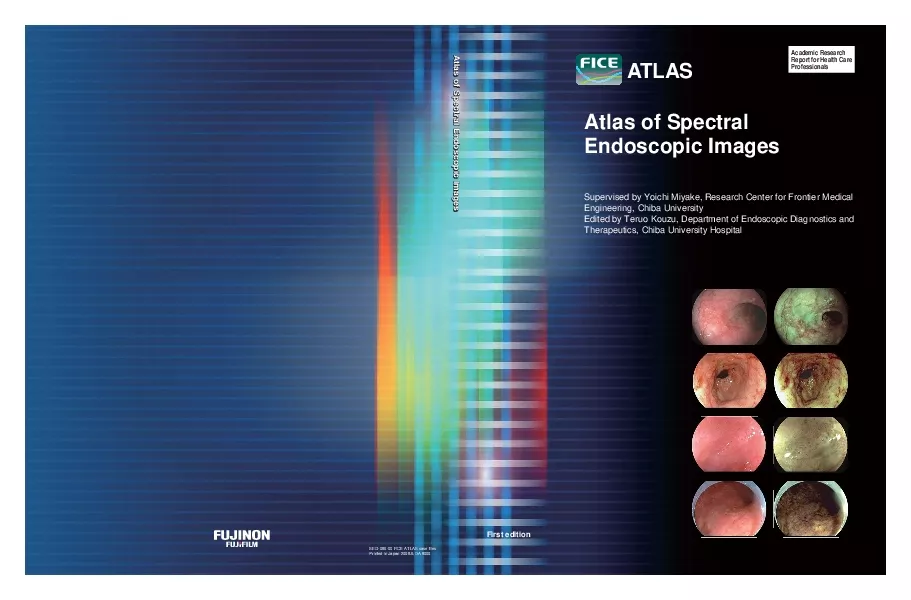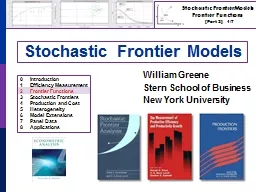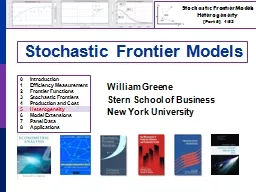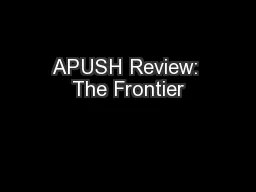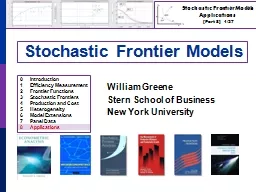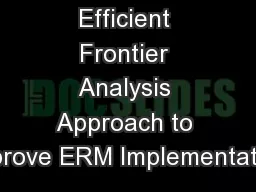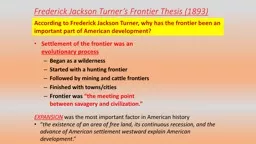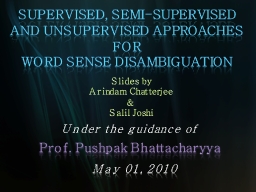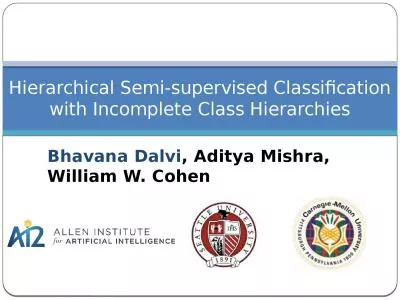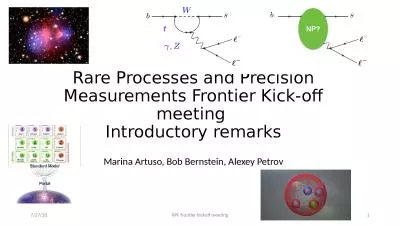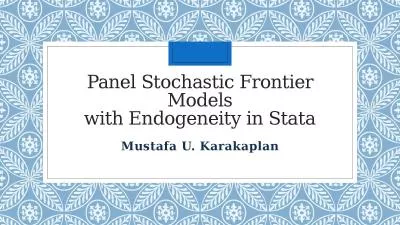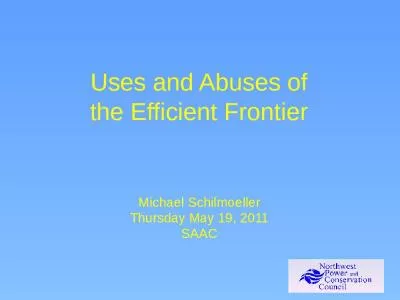PDF-Supervised by Yoichi Miyake Research Center for Frontier MedicalEngine
Author : lydia | Published Date : 2021-08-05
SEG08600 FICE ATLAS case filesFirst editionAcademic ResearchReport for Health CareAtlas of Spectral Endoscopic ImagesAtlas of Spectral Endoscopic ImagesAtlas of
Presentation Embed Code
Download Presentation
Download Presentation The PPT/PDF document "Supervised by Yoichi Miyake Research Cen..." is the property of its rightful owner. Permission is granted to download and print the materials on this website for personal, non-commercial use only, and to display it on your personal computer provided you do not modify the materials and that you retain all copyright notices contained in the materials. By downloading content from our website, you accept the terms of this agreement.
Supervised by Yoichi Miyake Research Center for Frontier MedicalEngine: Transcript
Download Rules Of Document
"Supervised by Yoichi Miyake Research Center for Frontier MedicalEngine"The content belongs to its owner. You may download and print it for personal use, without modification, and keep all copyright notices. By downloading, you agree to these terms.
Related Documents

